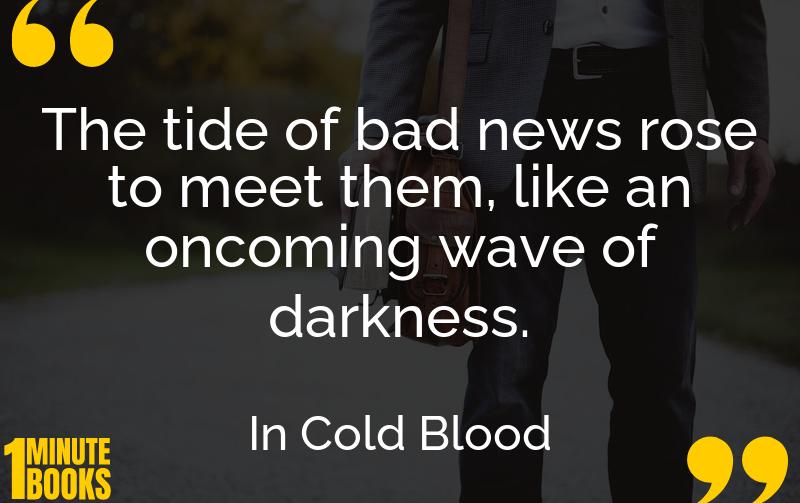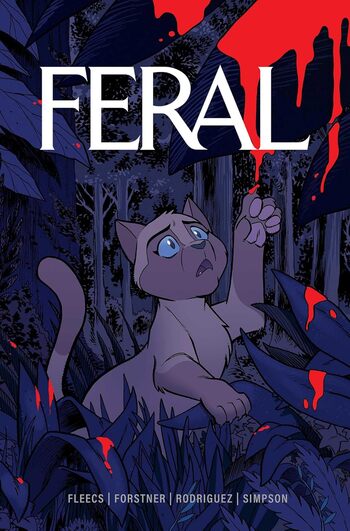
In Cold Blood is a true crime story that chronicles the 1959 murder of the Clutter family in Holcomb, Kansas. Truman Capote blends investigative journalism with narrative depth to explore the crime, the psyche of the killers, and the trial.
Main Lessons
- The book explores the complexity of human nature through the psychological profiles of the killers, Dick Hickok and Perry Smith.
- Capote delves into the impact of crime on family and community, highlighting the pervasive fear and sense of loss that follow such tragedies.
- A major theme is the moral complexity of justice, challenging readers to consider the social and psychological factors in criminal behavior.
- Capote’s unique narrative style fuses journalistic precision with fictional storytelling, setting a new standard for non-fiction literature.
- The contrasting personalities of the killers highlight how personal histories and psychological issues can shape violent behavior.
- Investigating the crime took a toll on law enforcement, emphasizing the emotional and ethical challenges of solving such cases.
- The trial sequences prompt readers to reflect on the fairness of the death penalty and the nuances of legal responsibility.
- The book questions conventional notions of evil, asking whether society’s judgments are too simplistic.
- Capote sheds light on the death penalty debate, inviting reflection on the possibilities of redemption and rehabilitation.
- The Clutter family is depicted with warmth and humanity, underscoring the senselessness of their deaths.
- Capote’s portrayal of the small-town community illustrates how violence can disrupt even the most idyllic settings.








